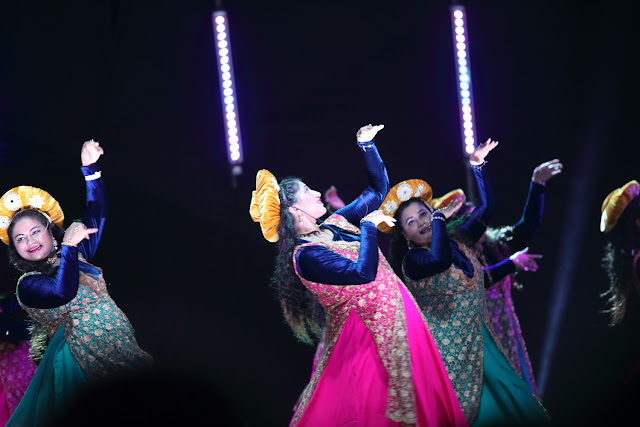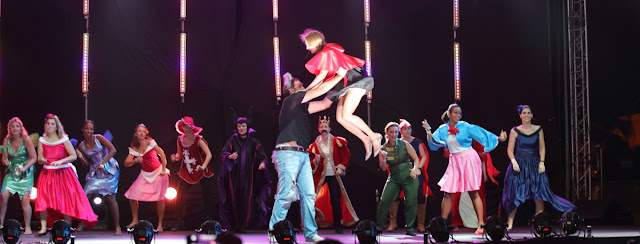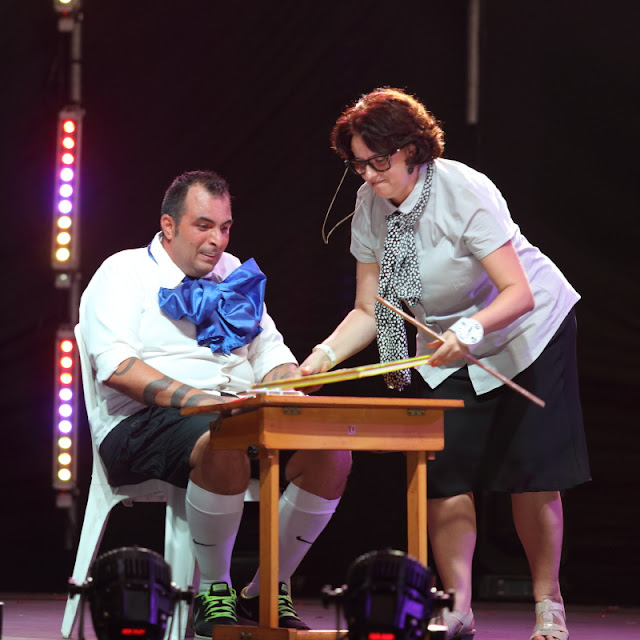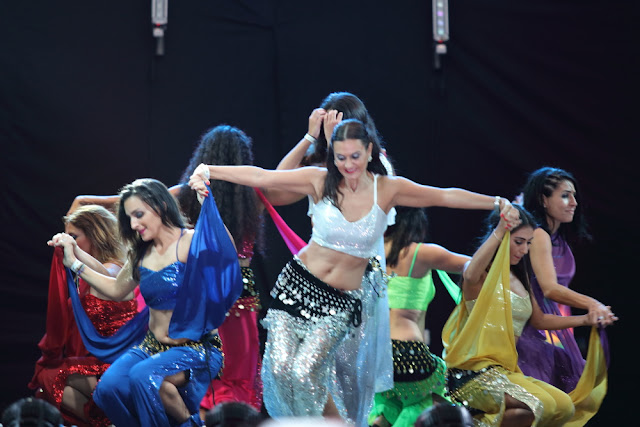 |
| running on the bridge or fishing in the lagoon |
Feb 11th saw the 2017 edition of the Lagos Marathon. Kenyans won as usual, flown especially for the occasion. The whole town was pretty much brought to a halt on the morning of the event, with streets being closed unapologetically and cars being left to accumulate and wait until the moment would come to lift the road blocks. Somehow, this brought an air of peace to the city in the absence of the roar of vehicles.
I enjoyed a particular program that morning, took my bicycle and went to catch a boat to visit Makoko from which one could see the crowd of marathonians running on the length of the Third Mainland Bridge.
 |
| welcome to Small World "once upon a time" |
In the evening, came the new edition of Small World, a charity run by international women living in Lagos. The recession was showing its teeth compared to the previous year with less countries operating a food-stall, but overall it was a very good evening. The show was around the theme of "once upon a time" which was apparently less inspirational than it could have been. In my view, the italian sequence was the best with a female teacher running after a bow-tied school child to bring him up to speed with the history of Italy. It had a few accent of comedia dell'arte which was very welcome.
The show ended with a DJ set from a fairly successful Dutchman.
 |
| indian dance |
 |
| France is in the air |
 |
| the legend of Fela Kuti (Nigeria) |
 |
| Rama and Shiva (Indonesia) |
 |
| American musical |
 |
| rebirth of a South American bull |
 |
| Italian history classroom |
 |
| lebanese shake body |










Comments
Post a Comment